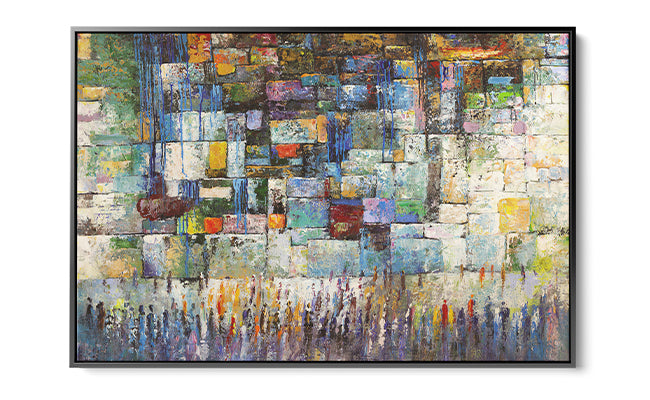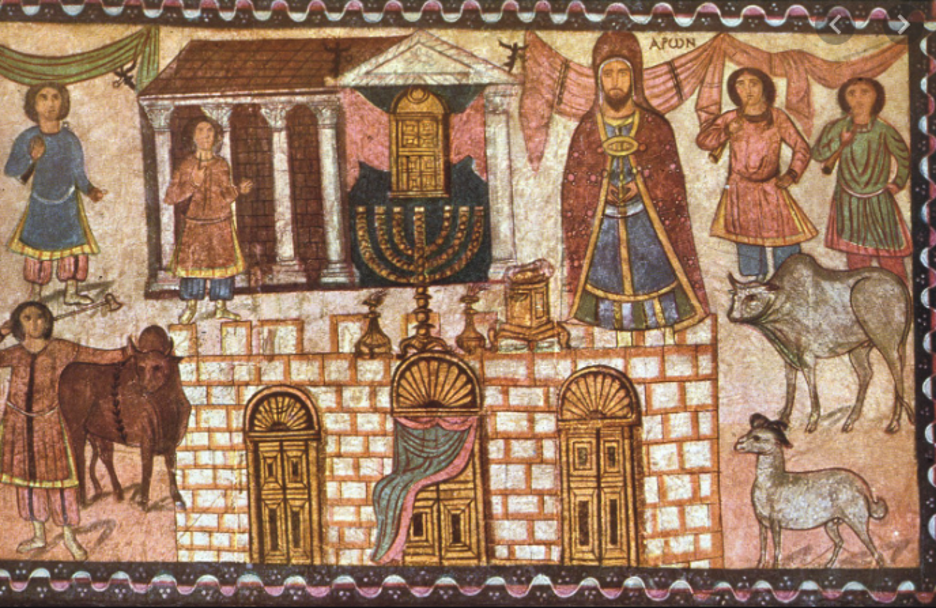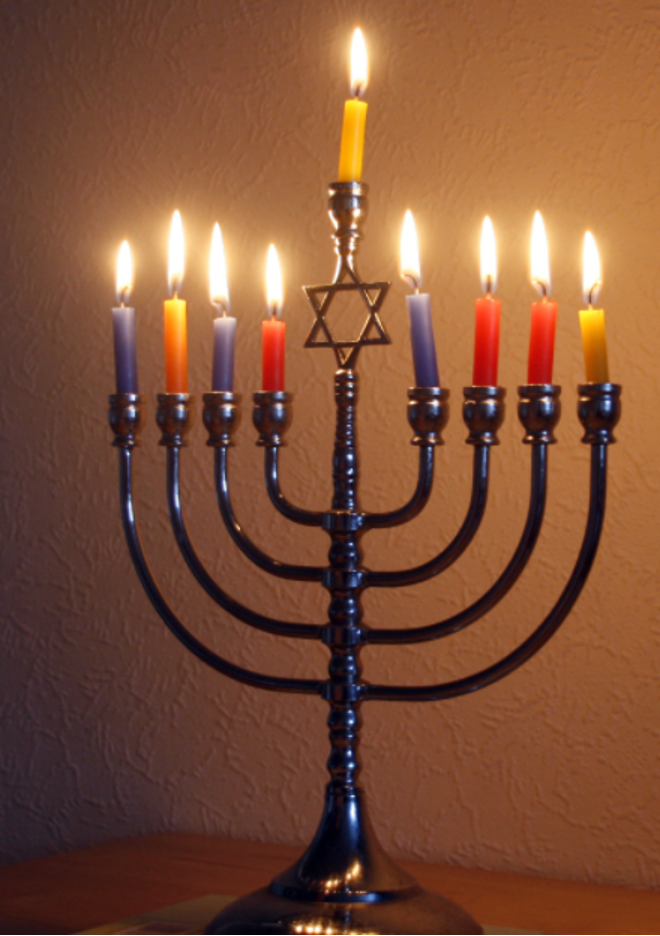
A Century Of Jewish Art
At first, it was unclear whether Torah prohibits the art or not. Based on Second Commandment - “You shall not make yourself a graven image, or any likeness of anything that is in heaven above, or that is in the earth beneath, or that is in the water under the earth”. It was thought that this means no art at all.
However, later on, Jewish art developed into a worldwide known treasury. In the 20th century, many young European Jews came to the place we know today as the State of Israel.
Israel’s oldest high education institution, Bezalel Academy of Art and Design, became home for many of those young Europeans. And this is where modern Jewish art started.
Bezalel Academy of Art and Design
The Academy was established in 1906 by Jewish artist and sculptor Boris Schatz and named after Biblical figure Bezalel. Students and their professors' art created in Bezalel Academy is considered the ground of today’s visual art.
At first, all the art created in Bezalel Academy in Jerusalem was a combination of Jewish and European style. Therefore, it was very advanced in the early 20th century and noticed by many. The Academy was a home for many artists. Among them, you can find big names of Jewish art, such as Shmuel Ben David and Zeev Ben-Zvi, whose influence of sculptors in Israel is undeniable.
In the 1920s, some of the most famous Israeli ceramics, known as Bezalel ceramics, are created at the Academy. They can still be seen in Tel Aviv, in Allenby Street and Rothschild Boulevard.
In today’s world, the Bezalel style is recognized by many artists, and this Academy is one of the well-known art academies in the world. In 2006, the Academy celebrated its 100th birthday with faculties that include Fine Arts, Architecture, Ceramic Design, Industrial Design, Jewelry, Photography, Visual Communication, Animation, Film, and Art History.

“Migdal David” Movement
As mentioned, many European students with Hebrew origins were attracted to Bezalel Academy. Some of them formed specific Jewish art style and came closer to King David and other historical personalities. Based on their art preferences, the whole movement established in the 1920s and 1930s was named Migdal David or Tower of David. Their art was representing more Jewish traditional and historical motives.

Bauhaus Architecture Style
After spreading wide in Europe, especially Germany, the Bauhaus style found a home in Israel back in the 1930s. All the modern architects of that age took something from European Bauhaus and added Middle East elements and culture. The most famous representation of Bauhaus architecture in Israel is the White City in Tel Aviv. Over 4,000 buildings in Tel Aviv were built in Bauhaus style, designed by German-Jewish architects in the 1930s and 1940s. Today, this is one of the Israeli cultural heritage.

“Ofakim Hadashim” Movement
Ofakim Hadashim or the New Horizons movement became popular in Israel in the 1940s. The artists were inspired by European modernism before WWI. The art was joyful, with a lot of colours and positivity. Israeli artists adopted this movement giving it a bit of Middle East originality, making it recognized as something fresh and new in the post-war world. One of the biggest Israeli inspirations for this movement was artist Wassily Kandinsky.

Israeli Conceptual Art
As everywhere in the world, in Israel, conceptual art came in the shape of rebellion. Rebellion against tradition, socialism, Zionism, biblical art. Everything known up to this moment. In the 1970s, Israeli artist discovered that there is something more. If you use materials, shapes, and techniques different from any others, you can create something new. And they created a new vision – a vision of the Israeli future. As much as artistic, this movement was politically motivated since artists tried to show what Israel can become if it abandons all the old traditions and ideas.

Israeli Contemporary Art
From the 1990s till today, the most accepted art form is contemporary art. Since Israel was included in the world’s events, recognized as a State and accepted by many, it started to develop industrially, politically, and technologically. And with all this development, art itself developed as well. Today, Israeli artists, especially architects and painters, are recognized worldwide as unique, original, and amazing artists.

What will be the new movement in Israeli art? It’s yet to be seen. However, for sure we will not be disappointed.





